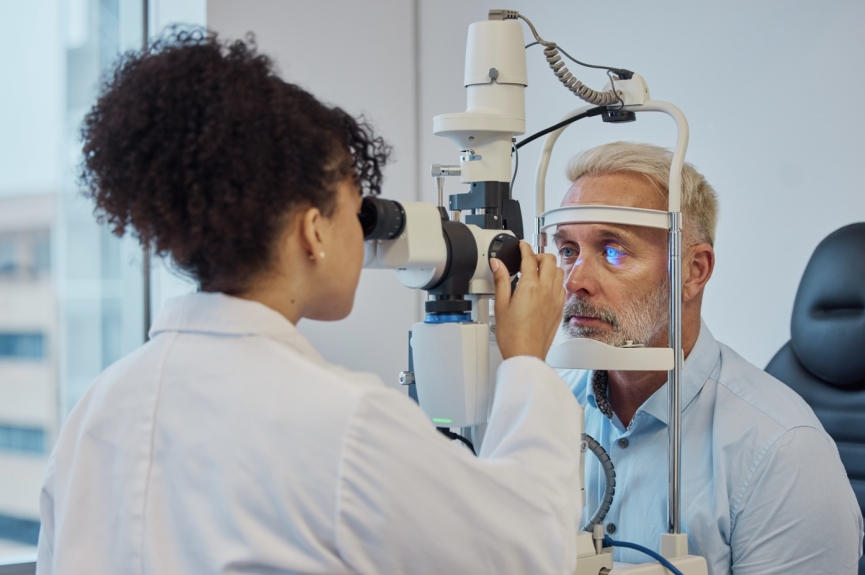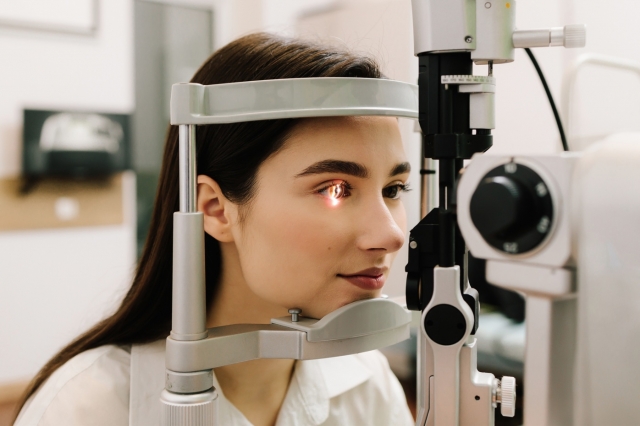Choosing the right vision screening device for your clinic can be trickier than it seems at first glance. With all the technical specifications, feature lists, and budget limitations, it's easy to feel a bit overwhelmed. And since your choice directly affects patient care, there's little room for uncertainty. So, how do you sift through the options without second-guessing yourself later?
Whether you're setting up a new practice or replacing outdated equipment, it's crucial to focus on what really counts: accuracy, efficiency, ease of use, and patient comfort. That said, here are some steps to help you select the best vision screening device for your clinic.
Assess Your Clinic's Specific Needs
You first need to understand your clinic's unique demands. A small pediatric practice has very different screening priorities than a high-volume primary care center. How many patients do you see daily? Are you screening children, adults, or both? Will the device be used by trained technicians or general staff?
If your clinic handles a wide age range, you'll want vision screening equipment that works seamlessly across different patient groups. For pediatric use, features like non-invasive design and quick image capture reduce stress for younger patients. In contrast, clinics serving older adults may need features that help identify age-related issues like macular degeneration or cataracts.
A device that's intuitive, efficient, and accurate can drastically reduce the risk of missed diagnoses and repeat screenings. It also frees up staff time and improves patient flow.
Understand Core Features That Impact Performance
Don't just go by what sounds high-tech. You need to dig into the core features that actually affect performance. At the very least, the device should be able to detect common issues like refractive errors, amblyopia risk factors, strabismus, and anisometropia.
Look into the measurement range of the device. Can it screen for both near and far vision? Does it provide detailed data like night vision testing, color perception, pupil size, and eye alignment? Also, consider how quickly the test results are generated. Faster doesn't always mean better, but excessive delays can frustrate adult patients and slow down clinic operations.
Another must-have is data integration. Does the device export results to your existing EMR system? Can you generate screening results easily? An efficient eye care equipment should support not just diagnosis, but also documentation and follow-up.
Consider Ease of Use for Your Staff
Even the most advanced device is a bad fit if your staff dreads using it. Look for equipment with a user-friendly interface, clear prompts, and minimal training requirements. Devices with touchscreen controls or visual indicators simplify daily use, especially for clinics with rotating staff or limited time for in-depth onboarding.
Also, check how long it takes to get through one screening. Can it complete an assessment in seconds, or does it require multiple steps? When the screening process is smooth, your eye care specialists can serve more patients without burning them out.
Portability may also matter. If you move devices between exam rooms or offer off-site screenings, opt for lightweight, cordless models with long battery life. This minimizes downtime and allows flexibility in care delivery.

Factor in Patient Comfort and Experience
Patients, especially children, tend to resist pediatric vision screenings if the process feels intimidating. Choose a device that's non-contact and quiet. Devices with automatic focus and alignment reduce the need for manual adjustments, which can be unsettling for some patients.
You must also consider the device's design. A compact, non-threatening look makes a difference, particularly in pediatric settings. Vision screeners that show animations or friendly visuals can also help calm anxious patients and keep them engaged during the process.
When your patients have positive experiences with your vision screening device, they'll better cooperate during the screening and enhance eye care accessibility. They also boost the overall reputation of your clinic.
Evaluate Maintenance Requirements and Support Services
Ongoing support often gets overlooked during the buying process, but it can make or break your experience long term. How often does the device require calibration? Are software updates automatic and easy to install? Is tech support available when something goes wrong?
Before buying, ask about service agreements and warranty options. Some devices come with on-site servicing or hot-swap programs, which keep your clinic running even if a repair is needed.
You'll also want to know how easy it is to clean and maintain the device. Medical-grade cleaning standards matter, especially in high-volume clinics or shared environments.
Set a Practical Budget Without Compromising Quality
Cost matters, but don't let it be the only deciding factor. A cheaper device may seem attractive upfront, but could lead to higher costs later due to poor accuracy, unclear screening guidelines, increased training needs, or limited lifespan.
Instead, consider the total value. A slightly more expensive device that lasts longer, integrates with your systems, and requires less staff training often pays for itself in efficiency and fewer repeat screenings. Some manufacturers offer financing options or leasing plans, so you don't need to compromise on features just to stay within budget.
Key Takeaway
You should be strategic in selecting the best vision screening device for your clinic. You need a tool that fits your workflow, delivers reliable results, and makes the process easier for both staff and patients. So, take the time to evaluate the features that truly matter and test your options in a clinical setting. Once you've made the right choice, you'll raise your standard of care and run your practice more efficiently.






